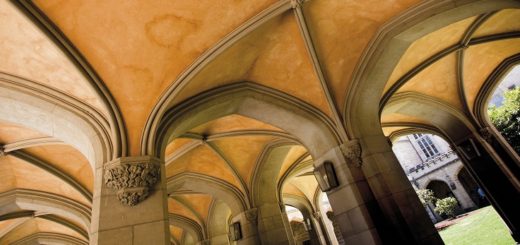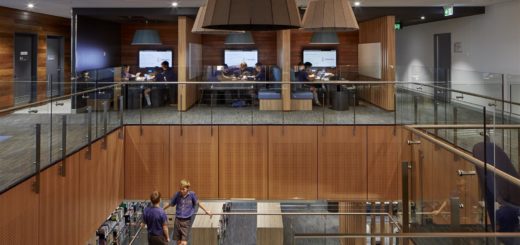What is curated learning?

Guest post by Ethel Villafranca, PhD candidate, Melbourne Graduate School of Education and ILETC project team member.

Putting similar objects closely together in a cluster provides museum visitors with the opportunity to compare and contrast them.
It is quite common to hear and read the word ‘curated’ these days. The title ‘curator’ is no longer limited to museum professionals tasked to conceptualise and organise exhibitions. The word ‘curate’, traditionally associated with the museums has now gone beyond this discipline. One can curate web content, experience, understanding, images, cuisine, performance, music, merchandise, the list goes on.
It is interesting to note that the shifting in the meaning of ‘curator’ is not new. Robins (2005) traces the etymology of the word ‘curator’ to its connection with the church. She adds that the title, from the Latin word cura, which means ‘care’ is designated on someone who has a “cure or charge”. She draws the analogy that if the parish curate looks after his parishioners and their spiritual well-being then the gallery curator looks after the museum collections and also perhaps the visitor’s well- being.

A combination of 2D and 3D objects can be used to help support the learning, such as displaying works of students that are relevant to the theme/topic the class is learning.
In modern museums, the curator’s role has evolved to include scholarship and setting up exhibitions in a way that knowledge about the objects are made more accessible to the general public. Hence, curating is not just a matter of displaying objects—it involves selecting, juxtapositioning, and interpreting objects. There is an enormous amount of literature on curating space to optimise learning. We know the optimum height with which to hang artworks, limitations on how many objects per display case, size and number of words in labels, and even the duration of visitor attention. Why then can’t we use this evidence to replicate to other contexts?
As a member of the ILETC project team I plan to do just that. My research will focus on how museum curators and educators intentionally manipulate space and objects to curate learning. In doing so, I will investigate how school teachers can adapt this practice in their classroom pedagogy.
In the context of the project, what then is ‘curated Learning’? It is a pedagogical approach that involves purposeful selection, manipulation, and use of visual displays, visual and textual instructions, seating arrangement, desk location of teacher and student, textual and visual prompts, technological devices and equipment, and resources contained within (i.e. books, art materials, iPad, laptops, etc.) to achieve specific learning outcomes. Note the emphasis on purposeful manipulation and/or selection of objects and spaces. Not everyone has the authority to manipulate space hence sometimes ‘curating’ means just selecting relevant objects and using these to support pedagogy.
The practice of curating learning is not a new concept in schools. Some school teachers already do this in their classrooms. They display objects, images, and text, change classroom lay-out, or transform the whole room into another place or time to support their students’ learning objectives.
It is also not a novel idea. In 1965, a primary school teacher in Devonport, Tasmania, transformed her classroom into a virtual ship that sailed across the different continents. In 1978, Heyman focused on applying environmental psychology principles to manipulate ‘changeable features’ of the classroom such as furniture, wall and floor coverings—anything and everything that is portable. Those that cannot be changed, such as the walls and windows, he called ‘fixed features’.
Curated Learning is not intended as a stand-alone pedagogical approach but should be combined with other constructivist approaches to teaching and learning. Understanding how to effectively curate learning may have significant ramifications for improving classroom pedagogy and on student learning. School teachers, much like the teacher from Tasmania, should take advantage of the teaching and learning opportunities presented by curating their classrooms. After all, in the words of Winston Churchill, “we shape our buildings and afterwards our building shape us”.
Contact details: ![]() evillafranca@student.unimelb.edu.au
evillafranca@student.unimelb.edu.au ![]() @ethelee22
@ethelee22



